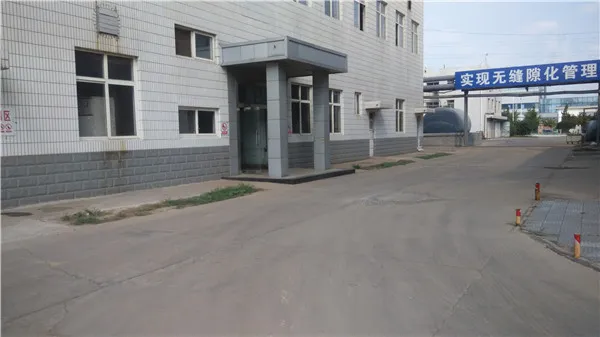Chemical Treatment of Cooling Tower Water
Cooling towers are essential components in many industrial processes, HVAC systems, and power generation plants, employed for rejecting waste heat into the atmosphere. However, the efficiency and longevity of these systems heavily depend on the quality of the water used, which is often subjected to various contaminants. To maintain optimal performance and protect equipment, chemical treatment of cooling tower water is crucial.
Understanding Cooling Tower Water Quality
Water in cooling towers can become contaminated through various sources, including makeup water, which is typically sourced from lakes, rivers, or municipal supplies. These sources may introduce minerals, organic matter, and biological organisms that can lead to scaling, corrosion, and biological fouling. The presence of contaminants not only affects the thermal efficiency of the cooling system but can also pose risks to public health and the environment.
Key Contaminants and Their Challenges
1. Scaling Hard water, which contains high levels of calcium and magnesium, can lead to scale formation on heat exchange surfaces. This scaling reduces heat transfer efficiency and necessitates frequent cleaning or even replacement of components.
2. Corrosion The metallic structures in cooling towers are susceptible to corrosion, driven by factors such as low pH levels and the presence of dissolved oxygen. Corrosion can lead to leaks and structural failures, resulting in costly repairs and downtime.
3. Biological Growth Algae, bacteria, and other microorganisms can thrive in warm, nutrient-rich environments typical of cooling towers. Biofilms can form on surfaces, insulating them and reducing heat transfer, while some bacteria may pose health risks, such as Legionella.
Chemical Treatment Strategies
chemical treatment of cooling tower water

To mitigate these challenges, several chemical treatments are employed
1. Scale Inhibitors These chemicals are designed to interfere with the crystallization process of scale-forming salts. Phosphates, polyacrylic acids, and other organic compounds are commonly used to prevent scale formation, ensuring that heat exchangers remain efficient.
2. Corrosion Inhibitors To combat corrosion, a variety of inhibitors can be added to the water. These formulations typically include compounds like nitrites, molybdates, and compounds that create a passive protective layer on metal surfaces, thereby reducing metal loss.
3. Biocides To control biological fouling, cooling tower systems often require biocides, which can include oxidizing agents like chlorine and non-oxidizing alternatives such as quaternary ammonium compounds. Regular monitoring and treatment are essential to maintain microbial levels to ensure water quality and safety.
4. pH Control Agents Maintaining the correct pH is vital for optimizing the performance of both scale and corrosion inhibitors. Acidic or alkaline treatments can be employed depending on the water chemistry, helping to stabilize pH within recommended ranges.
Best Practices and Monitoring
Implementing a chemical treatment program requires careful consideration and regular monitoring. Water quality parameters such as conductivity, pH, total dissolved solids (TDS), and microbial levels should be routinely assessed to adjust chemical dosages accurately. Additionally, a well-designed water treatment program should take into account the specific conditions of the cooling tower system, including climate, operational parameters, and local regulations regarding water discharge.
Conclusion
In summary, the chemical treatment of cooling tower water is fundamental to ensuring efficiency and longevity. By addressing issues like scaling, corrosion, and biological growth through targeted chemical interventions, facilities can optimize their cooling processes, reduce maintenance costs, and enhance environmental compliance. As technology advances, the development of more eco-friendly and efficient chemical treatments remains a pivotal area of research for the sustainability of industrial cooling systems.

